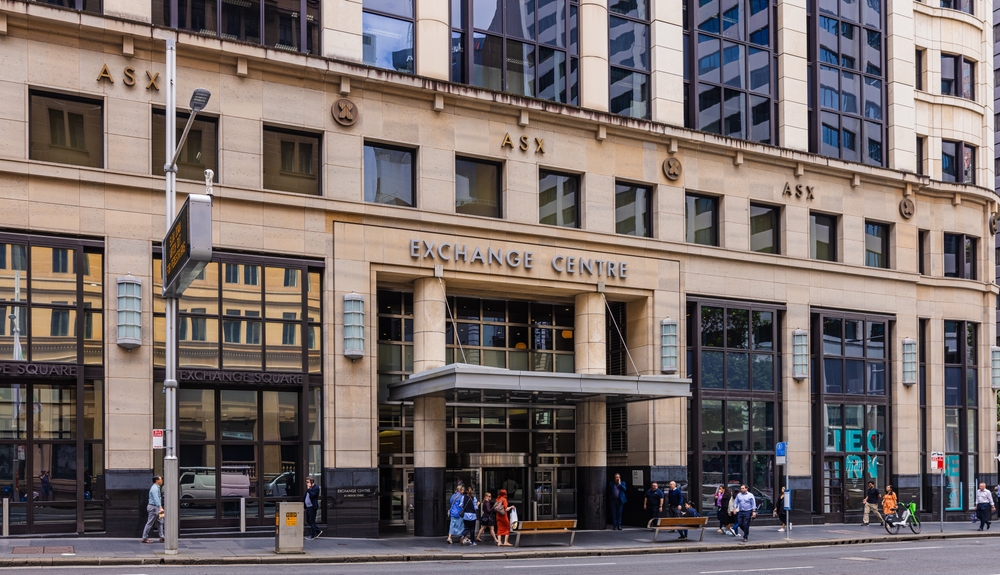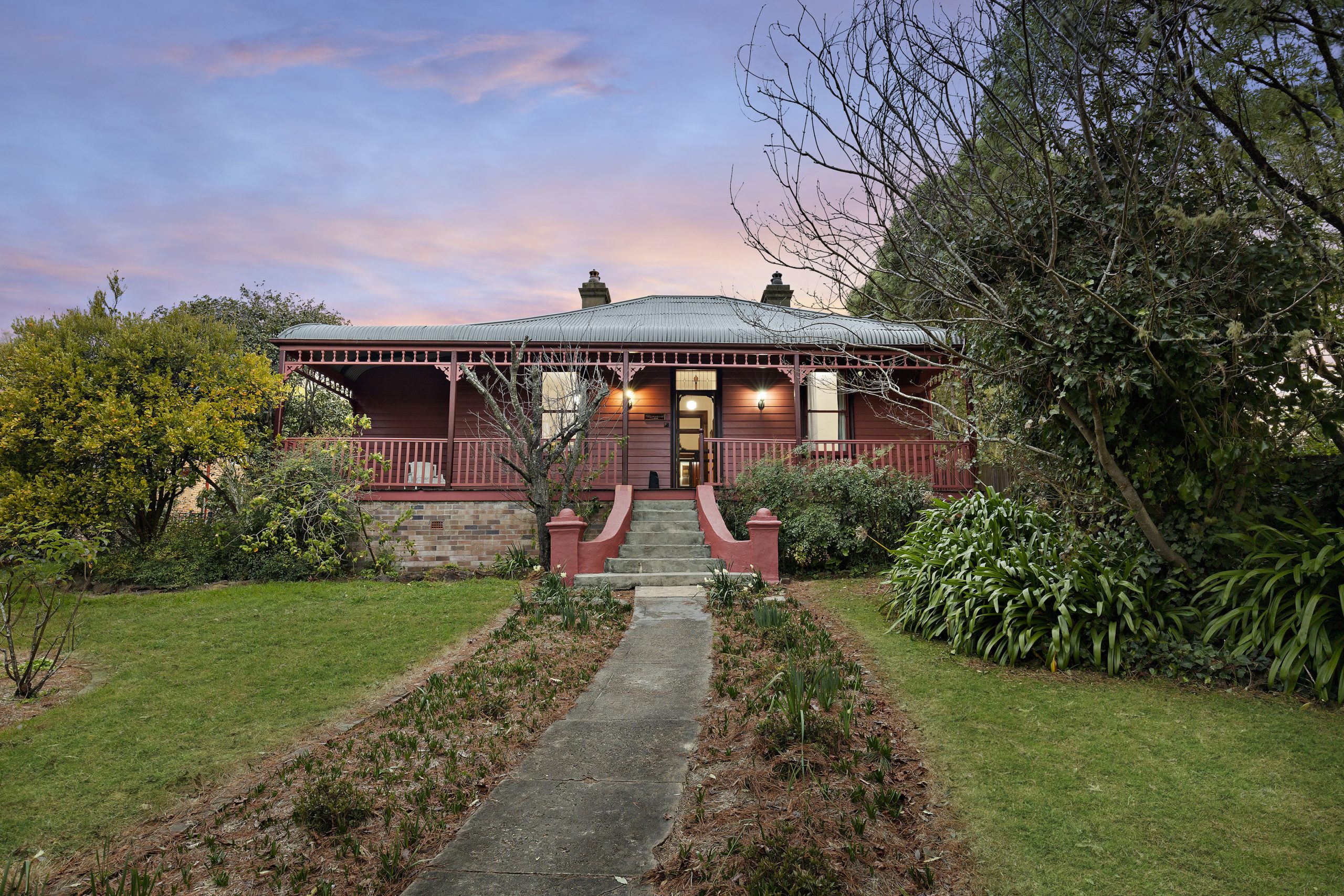Green Hydrogen Plant In Saudi Desert Aims To Amp Up Clean Power
Developers behind the world’s largest planned green hydrogen project hope a growing global thirst for emission-free fuels will pay dividends.
Can a multibillion-dollar project in the Saudi desert jump-start the demand for green hydrogen, an elusive energy source that could help eliminate carbon emissions from vehicles, power plants and heavy industry?
The allure of hydrogen is undeniable. Unlike oil and natural gas, it doesn’t emit carbon dioxide and other greenhouse gases when burned. It’s more easily stored than electricity generated by wind turbines and solar farms, and it can be transported by ship or pipeline. Green hydrogen, which is produced using renewable energy sources, is especially attractive as a fuel. It’s made from water rather than methane or other hydrocarbons.
But those who foresee a green hydrogen future face a quandary: The high cost of producing the odourless, colourless, flammable gas can be mitigated only by large-scale projects, which in turn make economic sense only if there is a widespread market for green hydrogen. That doesn’t yet exist.
In Neom, a planned megacity of the future now taking shape in northwestern Saudi Arabia, the investors behind the green hydrogen project think they can deliver the chicken and the egg.
The initiative—a joint venture of Neom, U.S. chemical company Air Products & Chemicals Inc., and Saudi Arabia’s ACWA Power—will invest $5 billion to build what will be the world’s largest green hydrogen production facility. Another $2 billion will be invested in distribution infrastructure in consumer markets around the world, primarily to fuel industrial vehicles and public buses.
Plans call for the sprawling facility, which isn’t yet under construction, to produce 650 tons of green hydrogen a day starting in 2025. The facility’s output will dwarf that of a green hydrogen plant in Québec that produces about nine tons a day, making it the largest such facility in the world. The Neom project exemplifies the Kingdom’s ambitious plan to diversify away from oil and natural gas and showcase Neom as a global hub for technology and green energy.
One of Neom’s main advantages in what could become a global race to develop green hydrogen is that the city’s location along the Red Sea possesses world-class solar and wind power, according to Peter Terium, head of Neom’s energy sector. Solar will power the plant during the day, wind at night, he says.
It isn’t easy to find a site with strong enough wind and sun, as well as proximity to a port, Mr. Terium says. “Otherwise, we wouldn’t be the first to announce an investment of this size,” he says.
Other countries are following suit. Australia, for example, has expedited the approval of a $36 billion project in the Outback in the western part of the country that will generate 26,000 megawatts of renewable electricity to be used to power the green hydrogen production.
Most hydrogen made for commercial use is so-called grey hydrogen, which is produced by splitting the hydrocarbon molecules in coal or natural gas. This process emits carbon. Green hydrogen, on the other hand, emits no carbon because it relies upon a process called electrolysis, in which electricity is used to strip hydrogen atoms from water molecules.
Air Products is the world’s largest producer of hydrogen, most of which now is derived from fossil fuels. But through its involvement with Neom, the Allentown, Pa.-based corporation is betting big that many countries will pay a premium for green hydrogen to meet carbon reduction targets, according to chief executive Seifi Ghasemi.
The Neom project aims to produce enough hydrogen to fuel about 20,000 buses a day. But rather than being piped or shipped to end users as gaseous or liquid hydrogen, the hydrogen will first be converted into ammonia, which is denser and therefore more economical to ship. After being sent by boat to Asia, the U.S. and Europe, the ammonia will be converted back into hydrogen before being sent to filling stations built by Air Products.
“The only thing [the customer] has to do is buy fuel cell vehicles to use the hydrogen,” Mr. Ghasemi says. “Hydrogen will become, 30 years from now, like oil is today.”
It’s a bold prediction that would require significant changes to the way we use fuel and electric power. Not all experts see that happening because of the sheer cost and magnitude of redesigning energy infrastructure around the world. That would require changing everything from vehicles to household applications.
Such a world would look markedly different. Filling stations would dispense hydrogen instead of gasoline. Hydrogen could be piped into homes to feed heaters and gas stoves. And unlike wind or solar, it could provide a steady supply of electricity for large power users, such as data centres and manufacturing hubs, when the wind doesn’t blow and the sun doesn’t shine.
If it can be scaled, green hydrogen could also help solve several big challenges in a lower-carbon economy: powering heavy-duty trucks and ships without reliance on giant batteries, providing round-the-clock electricity to supplement intermittent supplies from wind and solar and decarbonizing heavy industrial processes including steel and concrete manufacturing.
Julio Friedmann, a senior research scholar at Columbia University, says green hydrogen’s diverse applications could help it become the “Swiss Army knife” of the green energy economy, as states and countries pledge to reach net-zero carbon emissions in the coming decades.
Among energy nerds, hydrogen has long been the butt of a joke: It’s the fuel of the future, and probably always will be. The most abundant element in the universe, hydrogen has seen rounds of hype before, most recently in the early 2000s, when it was promoted as a transportation fuel amid fears about declining reserves of fossil fuels.
Some investors remain deeply sceptical of hydrogen, citing its high cost and the inevitable challenges of building infrastructure necessary to deploy it at scale. Kerrisdale Capital, a New York-based investment firm, is shorting shares in a fuel-cell maker whose share price has skyrocketed this year alongside other fuel-cell and alternative-energy stocks in the hope that the companies will be big players in a “hydrogen economy.” Fuel cells use chemical reactions to produce electricity from hydrogen and oxygen.
“The ‘hydrogen economy’ will never happen,” the firm wrote in a research note. “Hydrogen energy will have only very niche use cases.”
Increased regulation of greenhouse gases, growing investor pressure on companies to reduce carbon emissions and technological advances have many thinking the hydrogen hype is real this time. Management consulting firm McKinsey & Co. estimates that hydrogen could account for 14% of power used in the U.S. by 2050, from next to nothing today.
Another factor in the heightened interest in green hydrogen is the steep decline in the price of renewable energy, which Mr. Friedmann says now accounts for 50% to 70% of the cost of green hydrogen. The cost of building wind and solar farms has fallen in recent years as technology costs have declined and more projects are built at scale. Wind and solar now rival natural gas as the lowest-cost means of power generation.
“You are going to see a lot of countries and states going after hydrogen,” Mr. Friedmann says.
Along with the Neom partners, other investors big and small are betting that green hydrogen is finally positioned to realize its full potential. Global expenditures on hydrogen projects are projected to top $400 billion between now and 2030, followed by more than $2 trillion in spending from 2030 to 2050, investment bank Evercore ISI estimates.
Some auto makers, including Toyota Motor Corp. and Honda Motor Co., are developing vehicles with hydrogen fuel cells, which convert the fuel into electricity.
Several major utility companies, meanwhile, are looking into running power plants on hydrogen instead of natural gas, which is now the nation’s primary fuel for electricity generation. Unlike wind and solar farms, gas plants can run all the time, or fire up quickly to meet peak demand.
The Los Angeles Department of Water and Power, the nation’s largest municipal utility, is spearheading a $1.9-billion effort to convert a coal-fired power plant in Utah to run on natural gas and hydrogen produced with wind and solar power.
In northwestern New Mexico, developers are planning to spend up to $2 billion on a hydrogen-fueled power plant to serve electricity customers throughout the West starting in 2024. The Libertad Power Project, as the plant initiative is known, will use so-called blue hydrogen, which is produced by carbon-capture technology, before transitioning to green hydrogen as it becomes cheaper and more widely available. Carbon capture involves catching the carbon atoms upon production and storing them so they can’t enter the atmosphere.
For all its promise, green hydrogen faces many hurdles. These include the intermittence of solar and wind power and the high cost of electrolyzers, complex systems that traditionally have required large capital investments but which are now falling in price. Despite declines in the cost of renewable energy, green hydrogen production plants will need high utilisation rates, or almost round-the-clock power, to make them profitable.
Hydrogen is hard to store in gaseous form and is expensive to liquefy, which is why the Neom project plans to convert it to ammonia for transport. It can also weaken metal on contact, making it difficult to transport via pipeline unless it is blended with natural gas or other substances.
Columbia’s Mr. Friedmann says the barriers to widespread use of green hydrogen are related not to technology but to infrastructure. Governments and companies will need to invest heavily in power grids, ports, pipelines and fueling stations that can accommodate hydrogen. The costs of doing that will be borne across the global economy if governments implement sound public policy to drive market investment, he says.
 Copyright 2020, Dow Jones & Company, Inc. All Rights Reserved Worldwide. LEARN MORE
Copyright 2020, Dow Jones & Company, Inc. All Rights Reserved Worldwide. LEARN MORE
This stylish family home combines a classic palette and finishes with a flexible floorplan
Just 55 minutes from Sydney, make this your creative getaway located in the majestic Hawkesbury region.
Continued stagflation and cost of living pressures are causing couples to think twice about starting a family, new data has revealed, with long term impacts expected
Australia is in the midst of a ‘baby recession’ with preliminary estimates showing the number of births in 2023 fell by more than four percent to the lowest level since 2006, according to KPMG. The consultancy firm says this reflects the impact of cost-of-living pressures on the feasibility of younger Australians starting a family.
KPMG estimates that 289,100 babies were born in 2023. This compares to 300,684 babies in 2022 and 309,996 in 2021, according to the Australian Bureau of Statistics (ABS). KPMG urban economist Terry Rawnsley said weak economic growth often leads to a reduced number of births. In 2023, ABS data shows gross domestic product (GDP) fell to 1.5 percent. Despite the population growing by 2.5 percent in 2023, GDP on a per capita basis went into negative territory, down one percent over the 12 months.
“Birth rates provide insight into long-term population growth as well as the current confidence of Australian families,” said Mr Rawnsley. “We haven’t seen such a sharp drop in births in Australia since the period of economic stagflation in the 1970s, which coincided with the initial widespread adoption of the contraceptive pill.”
Mr Rawnsley said many Australian couples delayed starting a family while the pandemic played out in 2020. The number of births fell from 305,832 in 2019 to 294,369 in 2020. Then in 2021, strong employment and vast amounts of stimulus money, along with high household savings due to lockdowns, gave couples better financial means to have a baby. This led to a rebound in births.
However, the re-opening of the global economy in 2022 led to soaring inflation. By the start of 2023, the Australian consumer price index (CPI) had risen to its highest level since 1990 at 7.8 percent per annum. By that stage, the Reserve Bank had already commenced an aggressive rate-hiking strategy to fight inflation and had raised the cash rate every month between May and December 2022.
Five more rate hikes during 2023 put further pressure on couples with mortgages and put the brakes on family formation. “This combination of the pandemic and rapid economic changes explains the spike and subsequent sharp decline in birth rates we have observed over the past four years,” Mr Rawnsley said.
The impact of high costs of living on couples’ decision to have a baby is highlighted in births data for the capital cities. KPMG estimates there were 60,860 births in Sydney in 2023, down 8.6 percent from 2019. There were 56,270 births in Melbourne, down 7.3 percent. In Perth, there were 25,020 births, down 6 percent, while in Brisbane there were 30,250 births, down 4.3 percent. Canberra was the only capital city where there was no fall in the number of births in 2023 compared to 2019.
“CPI growth in Canberra has been slightly subdued compared to that in other major cities, and the economic outlook has remained strong,” Mr Rawnsley said. “This means families have not been hurting as much as those in other capital cities, and in turn, we’ve seen a stabilisation of births in the ACT.”
This stylish family home combines a classic palette and finishes with a flexible floorplan
Just 55 minutes from Sydney, make this your creative getaway located in the majestic Hawkesbury region.






















